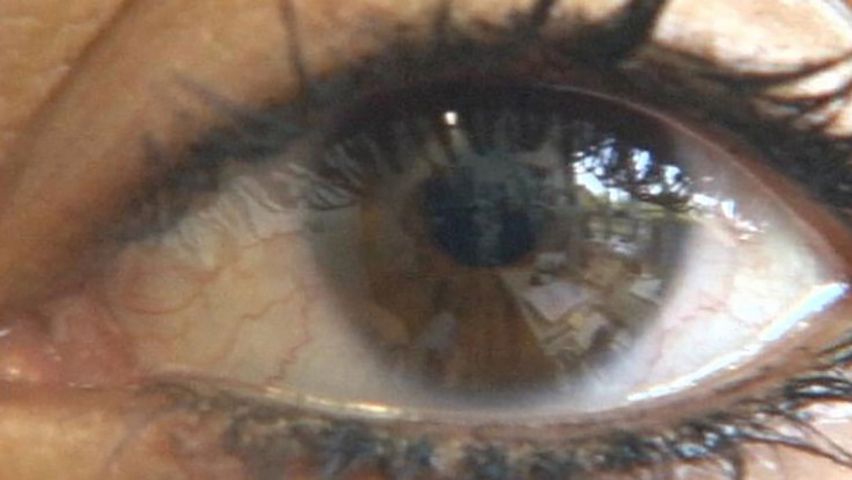The difference between nearsightedness and farsightedness

The difference between nearsightedness and farsightedness
Learn about nearsightedness and farsightedness (myopia and hyperopia, respectively).
Contunico © ZDF Studios GmbH, Mainz
Transcript
The eyes are our windows to the world. They are optical masterpieces that can process pools of light coming from different distances in an instant when they are young and healthy. Eighty percent of the impressions our brains receive from our surroundings are relayed from our eyes, yet 40 million Germans have vision problems. Near-sightedness and far-sightedness are the most common vision problems. Our eyes actually work like this: In a person with normal vision, parallel light rays enter the eye and converge at one point on the retina. Near-sighted people's eyeballs are too long in comparison and the light rays converge in front of the retina, i.e. before they should. Despite its great flexibility, the eye lens is unable to compensate for this error. In this case, vision must be corrected using external aids. If vision is not corrected near-sighted people can only see blurry images in the distance. Eyesight often deteriorates very slowly, so slowly that many people fail to realize it at first. Far-sightedness is the exact opposite. When people are far-sighted their eyeballs are simply too short and the rays do not converge until they are past the retina. Up to a certain degree the lens can compensate for this by consciously focusing. However, as we age, we start to lose the ability to do this. When reading the paper you start to feel your arms have become too short and the letters are nothing but a blur. The only way to see properly now is with a vision aid.
You can have your vision tested by an eye doctor or optician. They will give you a value in diopters, which is a unit used to measure the error in the refraction of light. The divergence from the norm is negative for near-sighted people and positive for far-sighted people. The refractive error must be offset to correct vision impairment. One way to do this is with glasses. Contact lenses are another alternative, but you have to make sure you have plenty of tear fluid so the lens does not suction to your cornea. The only way to permanently improve your vision is to have corrective eye surgery. When this is done either a small part of the inner cornea is carved away or a special contact lens is implanted in front of the lens of the eye.
You can have your vision tested by an eye doctor or optician. They will give you a value in diopters, which is a unit used to measure the error in the refraction of light. The divergence from the norm is negative for near-sighted people and positive for far-sighted people. The refractive error must be offset to correct vision impairment. One way to do this is with glasses. Contact lenses are another alternative, but you have to make sure you have plenty of tear fluid so the lens does not suction to your cornea. The only way to permanently improve your vision is to have corrective eye surgery. When this is done either a small part of the inner cornea is carved away or a special contact lens is implanted in front of the lens of the eye.









